As you age, maintaining your strength and physical fitness becomes increasingly important. Not only does it help you stay active and independent, but it also improves your overall quality of life. Whether you’re already active or starting, incorporating strength drills into your routine can make a significant difference. This article explores 10 essential strength drills that are excellent indicators of your physical health and fitness level, especially if you’re over 50.
Performing these strength drills, whether weighted or using your body weight, is crucial for several reasons. They help gauge your strength and relative strength (particularly for bodyweight variations), balance, stability, and coordination. These attributes are vital as they contribute to your ability to perform daily activities safely and effectively.
The following sections will examine these 10 strength drills, explaining why they’re important and how to perform them correctly. As a certified strength and conditioning specialist, I routinely incorporate these movements into warm-ups or as fundamental components of a strength program to assess and enhance my clients’ and athletes’ fitness levels.
Let’s get started and see how you measure up!
Strength Drill #1: Squats
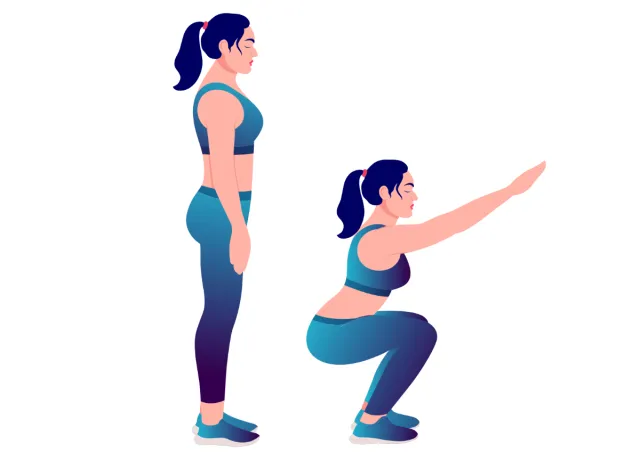

Squats are a fundamental movement that engages multiple muscle groups, including the quads, hamstrings, glutes, and core. This exercise is essential for building lower-body strength and improving overall mobility. Strong legs and a stable core are crucial for everyday activities such as walking, climbing stairs, and lifting objects. Squats also enhance your balance and coordination, which helps prevent falls.
Stand with your feet shoulder-width apart. Begin the movement by bending your knees and hips. Keep your chest up and your back straight. Lower yourself until your thighs are parallel to the ground, then push through your whole foot to return to the starting position. Ensure your knees track over your toes and avoid letting them cave inward. You can perform squats with just your body weight or add resistance with dumbbells or a barbell for an extra challenge.
Performing three sets of five to eight squats, of any variation, is an excellent measuring stick.
Strength Drill #2: Pushup
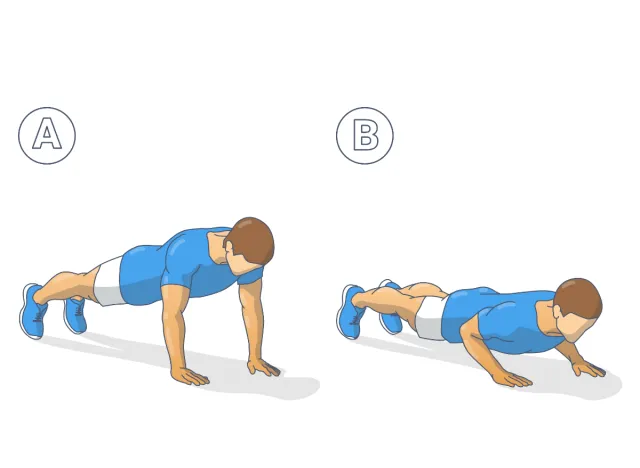

Pushups are a great measure of upper-body strength, targeting the chest, shoulders, triceps, and core muscles. This exercise builds muscle, improves posture, and stabilizes shoulder joints. Performing pushups regularly can help you maintain the strength needed for various daily activities, such as pushing a heavy door or carrying groceries.
Start in a plank position with your hands slightly wider than shoulder-width apart. Your body should form a straight line from your head to your heels. Lower your body by bending your elbows, keeping them close to your body, until your chest nearly touches the floor. Push through your palms to straighten your arms and return to the starting position. Keep your core engaged throughout the movement to maintain proper form. If a full pushup is too challenging, you can modify the exercise by performing it on your knees.
You’re in good standing if you can complete a set of 10+ pus-ups. Ideally, possess the strength to complete three sets of 8+ pushups.
Strength Drill #3: Pull-up
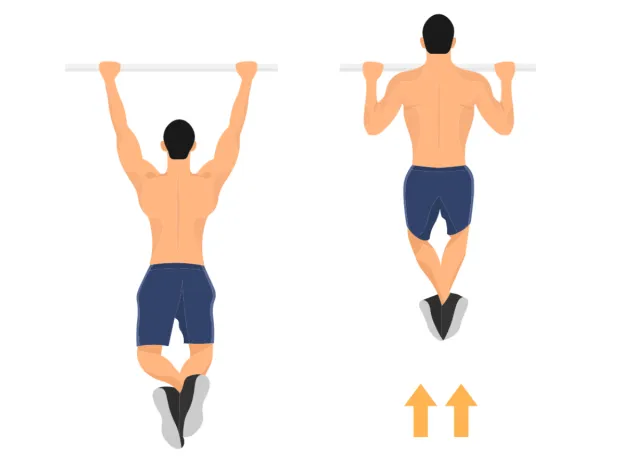

Pull-ups are an excellent exercise for developing upper-body and back strength. They engage the lats, biceps, shoulders, and core, making them a comprehensive upper-body workout. Pull-ups also enhance grip strength, which is essential for various activities, such as lifting and carrying objects. Being able to perform pull-ups is a strong indicator of your overall upper-body strength and endurance.
Grip a pull-up bar with your hands slightly wider than shoulder-width apart, palms facing away from you. Hang from the bar with your arms fully extended. Engage your core and pull your body upward until your chin is above the bar. Lower yourself back to the starting position with control. If you’re new to pull-ups or find them too challenging, use an assisted pull-up machine or resistance bands for support.
As a strength coach, I feel confident if a client or athlete can perform a single set of five pull-ups.
Strength Drill #4: Forward Lunge
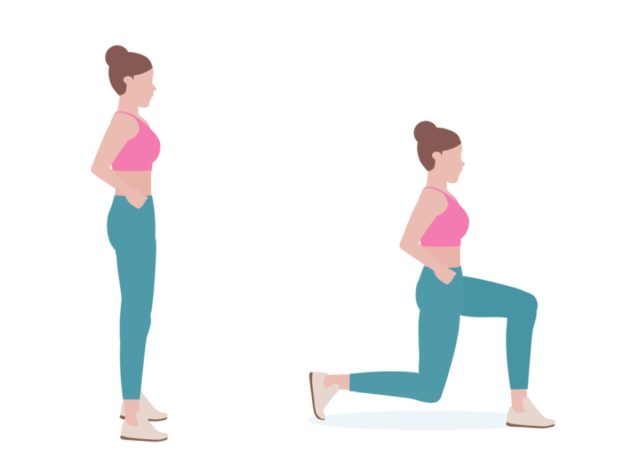

Forward lunges are a great exercise for building lower-body strength, particularly in the quads, hamstrings, and glutes; they also improve balance and coordination. These skills are crucial in daily activities, and the forward lunge helps us maintain and enhance them.
Stand with your feet hip-width apart. Step forward with one leg and lower your body until both knees are bent at a 90-degree angle. Your front knee should be directly above your ankle, and your back knee should hover just above the ground. Push through your front heel to return to the starting position. Repeat on the other leg. Keep your torso upright and your core engaged throughout the movement. For an added challenge, hold dumbbells in each hand.
While forward lunges aren’t tested like other movements, I look for stability, strength, and coordination when clients perform any lunge variation. See if you can perform three sets of six to eight bodyweight lunges per leg. If you pass this test, start adding some weight!
Strength Drill #5: Plank
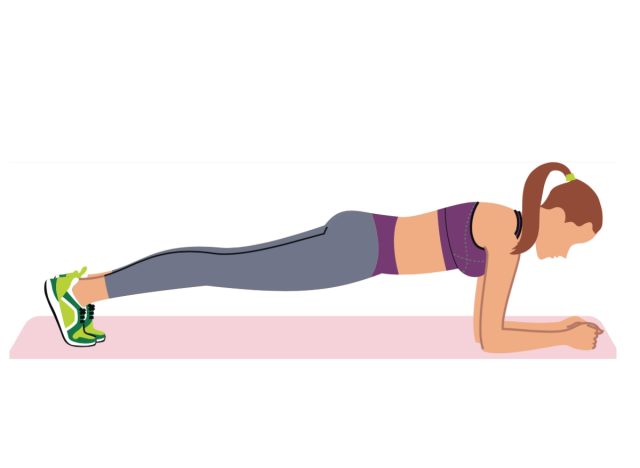

Planks, a fantastic core exercise that engages the shoulders, back, and glutes, help improve core strength, stability, and posture. What’s great about planks is their versatility-they can be modified to suit any fitness level, making them an excellent addition to any workout routine.
Start in a forearm plank position with your elbows directly beneath your shoulders and your body forming a straight line from your head to your heels. Keep your core tight and avoid letting your hips sag or rise too high. Hold this position for as long as you can while maintaining proper form. If you’re new to planking, start with shorter durations and gradually increase the time as you build strength.
An excellent standard for the plank is the ability to hold perfect form for 30 seconds or more.
Strength Drill #6: Deadlift
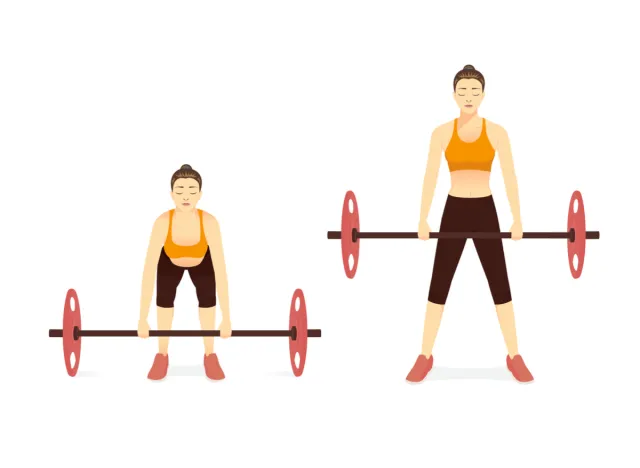

Deadlifts are one of the most effective exercises for building total-body strength, particularly in the posterior chain, which includes the hamstrings, glutes, and lower back. This movement also improves your grip strength and core stability. Deadlifts mimic many real-life actions, such as picking up heavy objects from the ground, making them a functional and practical exercise to include in your routine.
Stand with your feet hip-width apart and a barbell in front of you. Hinge at your hips and bend your knees to lower your body. Grip the barbell with your hands slightly wider than shoulder-width apart. Keep your back flat and your chest up. Push through your heels and extend your hips and knees to lift the barbell to a standing position. Lower the barbell back to the ground with control, maintaining a neutral spine throughout the movement. Start with lighter weights to master the form before progressing to heavier loads.
I challenge clients to build the strength to deadlift their body weight for five reps. I’ll prescribe three sets of five to eight deadlifts from here to develop and maintain stability.
Strength Drill #7: Box Step-ups
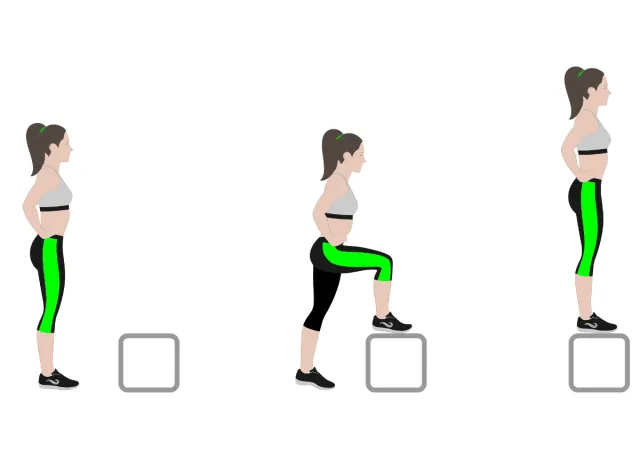

Box step-ups build lower-body strength and improve balance and coordination. They target the quads, hamstrings, glutes, and calves. This functional movement translates well to everyday activities like climbing stairs or stepping onto a curb. Box step-ups also engage your core, making them a great full-body workout.
Stand in front of a sturdy box or step. Place one foot on the box and push through your heel to lift your body, bringing your other foot to rest next to the first. Step back down with the same foot you used to step up. Repeat on the other leg. Keep your torso upright and your core engaged throughout the movement. For an added challenge, hold dumbbells in each hand.
Box step-ups are like lounges; they aren’t necessarily tested, but more so, I observe the movement quality, assessing balance and stability. Aim to perform three sets of six to eight box step-ups per leg on an 18-inch to 24-inch box.
Strength Drill #8: Single-Leg RDL
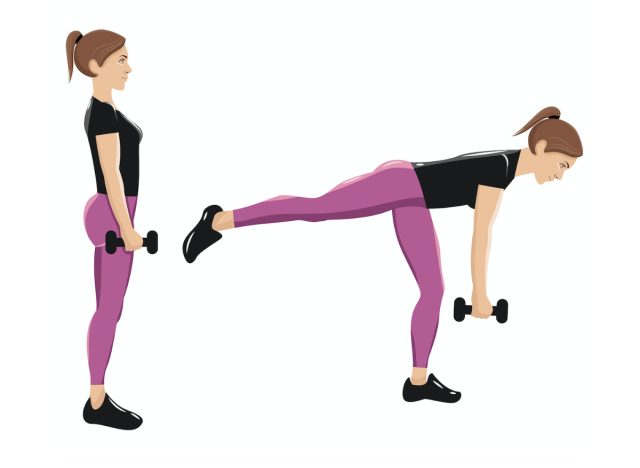

The single-leg Romanian deadlift (RDL) is a fantastic exercise for improving balance, coordination, and lower-body strength. It targets the hamstrings, glutes, and core while enhancing your stability. This exercise helps correct muscle imbalances and improves your ability to perform unilateral (single-side) movements.
Stand on one leg with a slight bend in the knee. Hinge at your hips and extend your free leg behind you while lowering your torso toward the ground. Keep your back flat and your core engaged. Lower your torso parallel to the ground, then return to the starting position. Repeat on the other leg. You can perform this exercise with just your body weight or hold a dumbbell or kettlebell in the opposite hand for an added challenge.
Single-leg RDLs might be one of the most challenging movements to master. I look for a stable core, controlled hips and pelvis, and synchronized swing leg and torso movement. If you can perform five to eight reps of bodyweight single-leg RDLs, I’d give you a passing score on this drill.
Strength Drill #9: Lateral Lunge
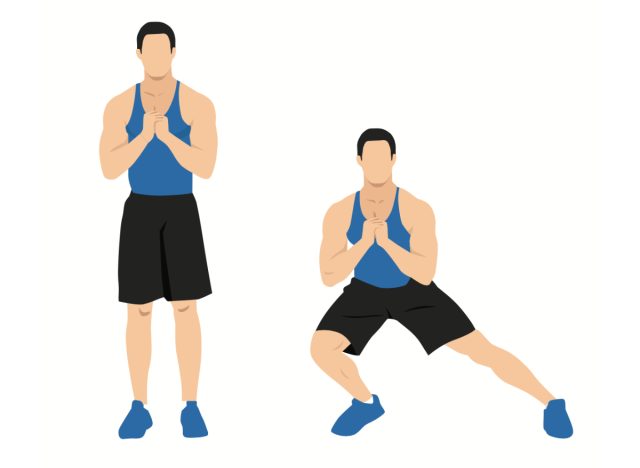

Lateral lunges are excellent for building lower-body strength and improving hip mobility. They target the quads, hamstrings, glutes, and inner thighs. This exercise also enhances your balance and coordination, requiring you to stabilize your body while moving in a different plane of motion. Lateral lunges mimic many real-life actions, such as stepping to the side to avoid obstacles, making them a functional exercise to include in your routine.
Stand with your feet hip-width apart. Take a big step to the side with one leg and lower your body into a lunge, keeping your other leg straight. Your bent knee should be directly above your ankle. Push through your heel to return to the starting position. Repeat on the other side. Keep your torso upright and your core engaged throughout the movement. For an added challenge, hold a dumbbell in each hand.
I will assess Lateral lunges for movement quality rather than strength. You want to be able to balance while achieving a parallel squat (hips at knee level) with both feet flat and your chest up. Lateral lunges check single-leg strength and stability while giving a great indicator of hip mobility. You’re in good shape if you can knock out two to three sets of five reps!
Strength Drill #10: Side Plank
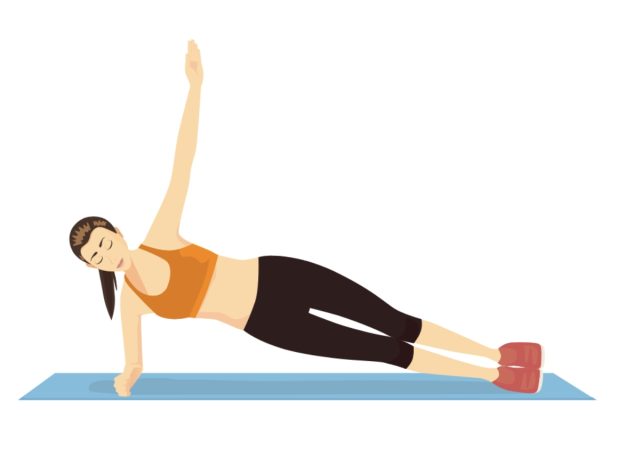

Side planks are an excellent core exercise that targets the obliques, shoulders, and glutes; they also engage the muscles in your hips, which are crucial for overall stability and movement efficiency. Side planks help improve your core strength, stability, and posture. A strong core is essential for maintaining balance and reducing the risk of lower back pain.
Begin by lying on your side with your legs extended and stacked on each other. Place your elbow directly beneath your shoulder and lift your hips off the ground, creating a straight line from your head to your feet. Keep your core engaged and hold this position for as long as possible while maintaining proper form. To make the exercise more challenging, raise your top leg or extend your top arm towards the ceiling. Repeat on the other side to ensure balanced strength development.
Like the traditional plank, an excellent standard for the side plank is the ability to hold perfect form for 30 seconds or more. The ideal form consists of a straight line from head to toe, hips up, and shoulders stacked on top of one another.








